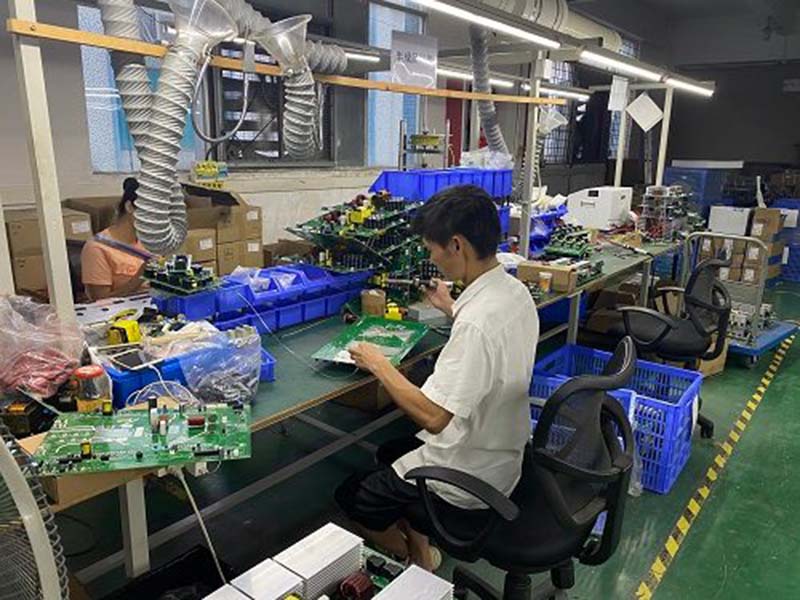
A: There are 2 meanings here:
(1) Why is the polarity negative power (that is, positive ground)?
(2) Why is the voltage -48V (-36~ -72V)?
Let's talk about the second question first. Using a -48V power supply is for historical reasons. The earliest communication network used is the telephone network, the telephone is powered by the telecommunications bureau, and 48V is selected when the
Increase the distance from the user to the end office as much as possible under the current conditions (36V is a safe voltage, too much is unsafe). Later, in order to be compatible with early equipment and reduce costs, the central office communication equipment still uses -48V power supply.
Likewise, with a negative power system, the positive ground is just a convention. It turns out that there is a large amount of negative charges in the air. According to electrochemical knowledge, the positive grounding can absorb negative ions in the air, thereby protecting the casing of telecommunications equipment from corrosion. In fact, this statement is not quite right. Galvanic and electrolytic reactions can cause equipment to rust, but because they exist in microscopic form on equipment, they have little effect. For example, the network of a non-communication system is negatively grounded (such as the computer you are using), but it is not rusted. In addition, the -48V is isolated by DC/DC. The DC/DC output is the negative ground, and the veneer is not corroded or rusted. So no matter which pole is grounded, it is the same.
As for the grounding of the shell of the equipment (connected to PGND), this is for the purpose of protection, and the electric charge accumulated on the equipment is quickly discharged to the ground, so as not to damage the equipment and staff.
Our products basically use a -48V power supply system, and the actual voltage measured is generally -53.5V. This is because for the sake of reliability, the communication equipment has a backup battery (-48v). In order to ensure the reliable charging of the battery, the power supply voltage needs to be slightly higher than the battery voltage.
You may also learn through the media that there are devices that use a -24V power supply system, which some modern internal devices use for design convenience. The output voltage of the power supply is generally measured to be 26.8V.
Generally, the equipment is required to work normally within the voltage fluctuation range of ±20%. For -48V system equipment, the working voltage range is -38.4V~ 57.6V, but we generally require the working range -36V~ -72V. The main consideration is that the -48V system equipment should be compatible with the -60V power supply system, which requires -48~ -72V. In this way, the combination is required to work in the voltage range of about -36V ~ -72V.
By the way, the -48V power supply system is only a communication power supply standard adopted by my country and most countries. Not all countries use this standard. For example, Russia uses a -60V power supply system, and some countries use a -24V power supply system. If the product is to be sold in these regions, it is necessary to take into account these different standards.
The standard of mains power is also different in the world. For example, my country and Europe use 220V mains system, and the United States and Japan use 110V mains.
Find the explanation of why the positive ground is from Huawei's information, as a supplementary explanation:
The positive grounding is mainly to prevent the corrosion of the electrode. The -48V or -24V battery pack of the telephone office is grounded at the positive pole. The reason is to reduce the electrical corrosion caused by the poor insulation of the relay or the metal sheath of the cable, which will damage the relay and the metal sheath of the cable. Because during electrolytic corrosion, the metal ions move from the positive electrode to the negative electrode under the chemical reaction. The insulation between the relay coil and the iron core is poor, and a small current flows. When the negative electrode of the battery pack is grounded, the wire of the coil may be corroded. On the contrary, if the positive pole of the battery pack is grounded, although the iron core will also be subject to electrical corrosion, the wire of the coil will not corrode, and the quality of the iron core will be large, which will not lead to noticeable consequences. Positive grounding also protects the core wires of the outer cable from corrosion when the insulation is poor. (Note: The implicit condition is that the relay core is grounded)
